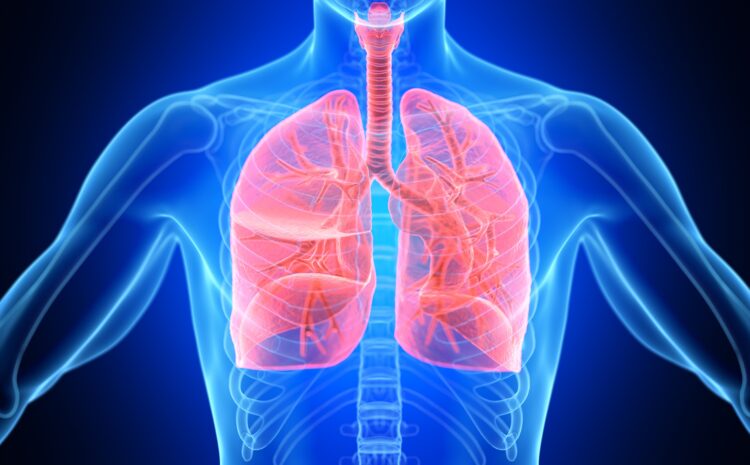
Mechanism and clinical application of thymosin in the treatment of lung cancer
Thymosin α1-based drugs have shown promising results in inhibiting the growth, proliferation, invasion, and migration of lung cancer cells, along with immunomodulatory effects on natural killer cells and T lymphocytes. Current basic research has demonstrated the potential of thymosin drugs in combination treatments for lung cancer.
Thymosin α1 (Tα1) has shown effectiveness in reducing complications in lung cancer (LC) patients who receive concurrent chemoradiotherapy (CCRT) plus immunotherapy consolidation. One clinical trial explored the efficacy of Tα1 in the treatment of radiation pneumonitis (RP) in patients with locally advanced non-small cell lung cancer (NSCLC) receiving CCRT. In the study, patients who received Ta1 treatment during and after CCRT showed a lower incidence of grade 2 or higher RP, fewer cases of G3 to G4 lymphopenia, and higher total lymphocyte count compared to the control group. Ta1 treatment was associated with lower levels of C-reactive protein (CRP), a marker of inflammation, in the patients. Additionally, patients receiving Tα1 exhibited longer median progression-free survival (PFS) and overall survival (OS) compared to the control group, although the differences were not statistically significant, likely due to the relatively small sample size.
Moreover, Tα1 can be combined with other medications such as gemcitabine (GEM) to inhibit the growth of lung adenocarcinoma (LUAD). Studies have shown that the combination of Tα1 with GEM exhibits higher levels of CD8+ T cells and significantly inhibits LUAD growth, indicating a synergistic effect between the two drugs. Additionally, Tα1 can be combined with IFN or IL-2 to inhibit LUAD growth. The combination of Tα1 with IFN or IL-2 has been shown to have a synergistic effect in inhibiting tumor growth compared to Ta1 monotherapy.
The potential of thymosins lies in their ability to inhibit the growth, proliferation, invasion, and migration of lung cancer cells, particularly NSCLC. Ta1 inhibits the growth of NSCLC by targeting the dysregulation of the JAK/STAT pathway, particularly by inhibiting the phosphorylation of STAT3. This inhibition leads to a decrease in matrix metalloproteinase 2 (MMP2) transcription, which is crucial for tumor invasion and metastasis. By inhibiting the STAT3-MMP2 signaling pathway, Tα1 effectively inhibits the migration and invasion of NSCLC cells with high expression of programmed cell death ligand 1.
The long-term survival effects of Tα1 as postoperative immunomodulatory therapy in NSCLC patients have been examined in a large study. It involved NSCLC patients who underwent surgery and achieved R0 resection, comparing 1027 patients who received Ta1 treatment to 1027 patients who did not receive Ta1 treatment. The results showed that the use of Ta1 in postoperative patients can lower the risk of recurrence and death in NSCLC patients. Ta1 treatment demonstrated very significant differences in DFS and OS, even after multivariate analysis. Additionally, Ta1 treatment outperformed the control group in terms of 5-year DFS and 5-year OS, with the best benefits seen in patients with stage IA NSCLC. The subgroup analysis also showed that patients who used Ta1 for more than 24 months had the best OS and DFS efficacy. It was found that Tα1 could be used as an adjuvant therapy after surgery to lower the risk of recurrence and increase the long-term survival of NSCLC patients, especially when used for more than 24 months.
In conclusion Tα1 affects the tumor microenvironment in LC patients by increasing CD8+T cell counts, restoring NK cell activity, and activating T lymphocyte immune function. When Tα1 is used in combination with chemotherapy, it leads to the presence of more CD4+, CD8+, CD3+, and NK cells compared to chemotherapy alone. Furthermore, the CD4+/CD8+T cell ratios are higher when Tα1 is added to the treatment regimen. Additionally, Tα1 has been shown to increase the infiltration of CD4+T, CD8+T, CD3+CD4+T, and NK cells in LC tissues.
Full article can be found here: doi:10.3389/fimmu.2023.1237978
